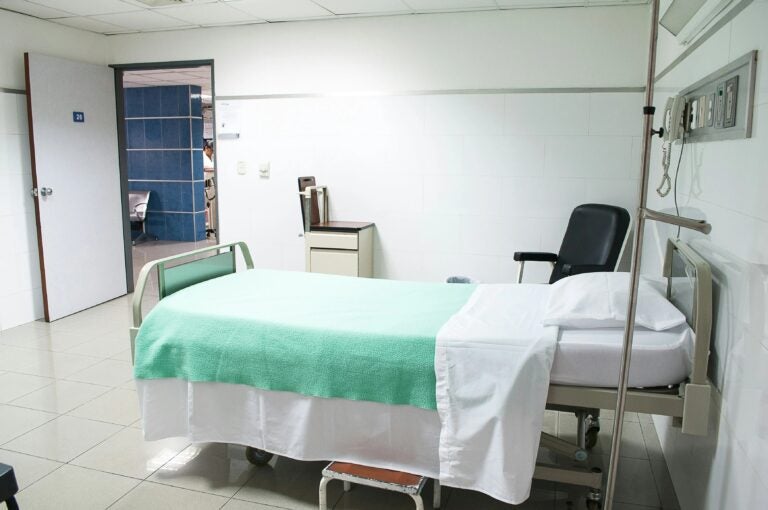Delaware lawmakers OK bill enabling board of political appointees to oversee hospital budgets
The legislation passed the House on a 24-16 vote Tuesday after the medical community dropped its opposition when the bill was amended.

A doctor's office. (Martha Dominguez de Gouveia/Unsplash)
The state House on Tuesday gave final approval to a bill aimed at curtailing the increase in health care costs in Delaware by establishing a state board with authority to impose budgets on the state’s largest hospitals.
The legislation passed the House on a 24-16 vote with two Democrats joining Republicans in voting against the measure. It triggered strong opposition from the medical and business communities.
It now goes to Democratic Gov. John Carney, who released a statement after the vote saying the bill will help lower the growth of health care costs in Delaware.
“I look forward to signing it into law,” he said.
Democratic lawmakers revised the legislation in recent days to address some of the concerns expressed by opponents, including scores of doctors who demonstrated at Legislative Hall over the past several weeks to oppose the measure. The revisions led the Delaware Health Care Association, or DHA, the trade group for Delaware hospitals, to drop its opposition to the measure and adopt a neutral stance.
The bill, modeled on a similar program in Vermont, establishes the Diamond State Hospital Cost Review Board, a board of health care “experts” appointed by the governor. Hospitals would be required to submit detailed annual budgets to the panel, which would be charged with ensuring that hospitals align their price increases with annual health care cost growth benchmarks set by the state.
For 2025 and 2026, the price increase benchmark will be 2%, or the core consumer price index plus 1%, over the previous year’s rates. After that, the benchmark will be tied to health care cost benchmarks established by the state council that also sets Delaware’s official revenue estimates.
A hospital that exceeds the benchmark will be required to submit a performance improvement plan with specific measures and a timetable to rein in costs. If the improvement plan fails to control prices, the state board can require the hospital to submit the next year’s budget for approval. If the hospital and the board cannot agree on that budget, the board can impose a budget on the hospital.
The panel’s decisions could be challenged in Superior Court, but the legislation requires the court to take “due account of the presumption of official regularity and the specialized competence of the board.”
Hospitals that fail to submit required information or adhere to the rules could be assessed a civil penalty of $500,000.
Republicans indicated that the bill could face a court challenge over whether it received enough votes, because it gives a state panel authority over hospital boards. They argue that Delaware’s general corporation law reserves authority to manage the affairs of a corporation, including a hospital corporation, to a board of directors. Any change in the corporation law requires a two-thirds vote in each chamber of the legislature, which the hospital bill failed to obtain.
Opponents of the measure also questioned the wisdom of following Vermont’s lead in allowing the state to set hospital budgets.
“Health care costs are not going down in Vermont,” DHA President and CEO Brian Frazee told a Senate committee at hearing earlier this month. “It’s not working.”
According to the Centers for Medicaid and Medicare Services, the annual cost increase for hospital services in Vermont averaged 6.8% from 1991 to 2020, a period that encompassed the formation of Vermont’s hospital cost review board in 2011. Delaware, with no state review board, also saw a 6.8% average annual cost increase during that period. Only five other states saw higher average annual cost increases.
On a per capita basis, Vermont’s annual growth rate for hospital services averaged 6.4% from 1991 to 2020, second only to South Dakota’s 6.6% average annual growth rate, according to the CMS. In Delaware, the annual per capita growth rate for hospital service costs averaged 5.4% from 1991 to 2020, tied with Montana for the eight-highest percentage increase in the nation.
WHYY is your source for fact-based, in-depth journalism and information. As a nonprofit organization, we rely on financial support from readers like you. Please give today.





